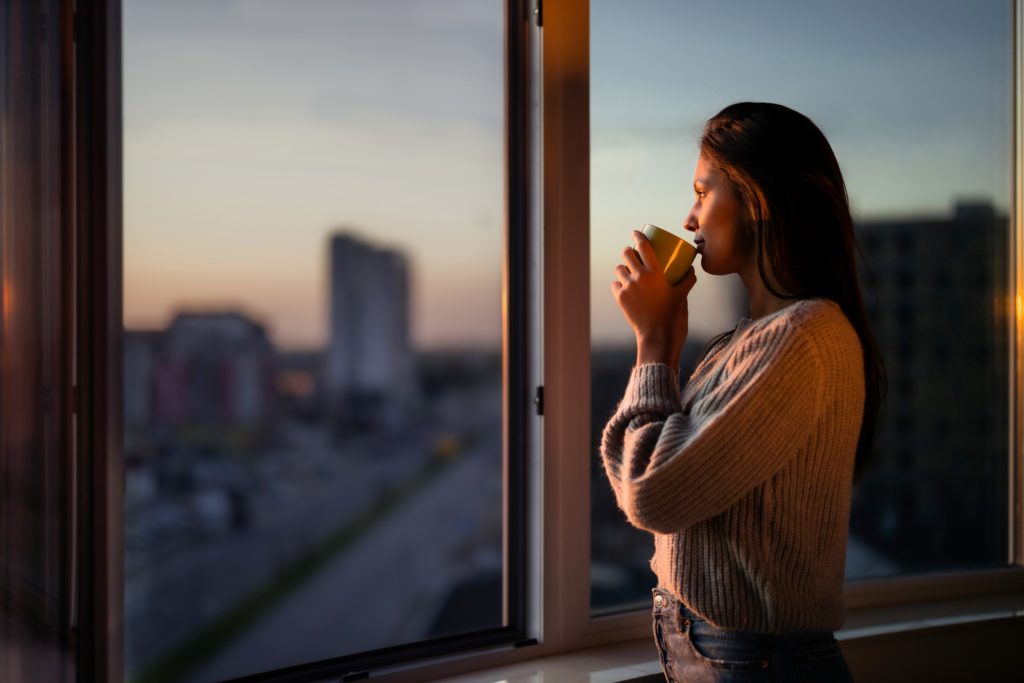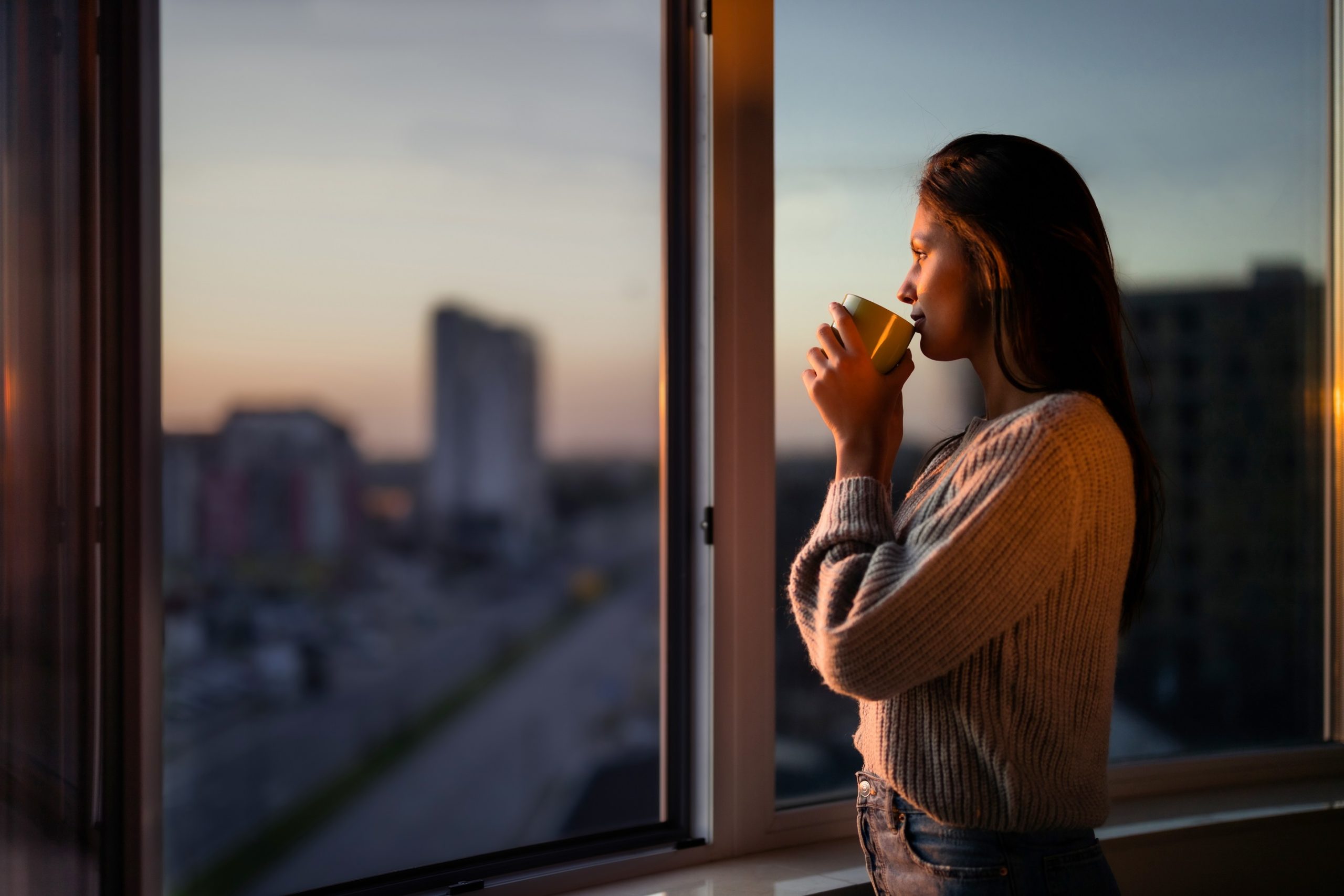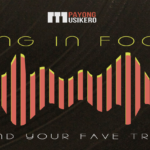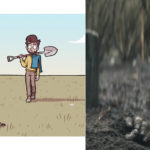Everyone can be creative, but not everyone can be creative all the time, everywhere. Taking a shower, going to the bathroom, listening to music or just watching people walking down the street… everyone has their own method to reach the moment of enlightenment in their creative process.

“Eureka!” shouted Archimedes when he understood the forces that buoy an object as it is displaced. As he entered his bath, he noticed that the water overflowed as he immersed his body into the bathtub. This discovery gave him an explanation of the problem he was trying to solve.
Many essays and books break down the creative process into five stages and place the “Eureka” moment (or the moment of enlightenment) in the third phase of the process. The first step is the definition of the problem and preparation. The second is immersing oneself into all sources of information, incubating ideas. The third step is the illumination or insight moment. Then comes the fourth step, that of evaluation or verification of one’s ideas, to assess if they are original and really feasible. And finally elaborating them or putting them into place. But where do we find our good ideas?
The bathroom
Like Archimedes, Luc, 34 years old, finds a lot of ideas while taking his shower. Associate editorial director in a video game development and publishing company, he even installed an extra space on the wall of his bathroom. “I drove two nails in and put a pencil on it to write down whatever comes to mind, from to-do lists to little flashes of inspiration,” he explains. The shower is a place where one is mostly alone and “it helps with concentration.”
The neutral aspect of the bathroom makes it conducive to the birth of ideas. “A white bathroom is the most neutral thing in the world,” says 23-year-old Philippine, a student at a communications school. “You’re not influenced by other thoughts like when you sit at a desk or in front of a colorful wall full of posters and photos. It helps me channel my thoughts,” she concludes. And what place could be even quieter than the bathroom to channel your thoughts?
The toilet or WC
“I often stay in the WC for a very long time, it allows me to think. Sometimes I even sing,” explains Sarah. The 26-year-old pastry chef doesn’t really know why, but she is most creative in that space. The solitude of the moment allows her to have “a constant flow of thoughts.”
Luc also experiences moments of illumination in the WC. He knows, for example, that the toilet can “unblock” issues during his appointments. “When I went to do workshops at my clients’ homes a long time ago, I remember that I had to pee when things got a bit bogged down, just to clear my head and generally I came back with a clear vision,” he explains, before adding that “it had become somewhat of a joke with [the clients].”
Drawing inspiration from artistic works
For some, listening to music, watching videos or listening to podcasts unlocks creative juices. Quitterie, 22, a student in sustainable innovation design, finds a way to creative flow through music: “When I’ve been working on a project for several hours and I get stuck on ideas, I take short breaks. I lie down with music on and it clears my head.” It’s a way of distracting your concentration onto something else and letting your mind wander.
For Philippine, 24, an account manager in a multinational company, music also allows her to set no limits, “to bring ideas together and to find links between things,” she confides.
Music helps, but it doesn’t solve everything. For many people whose profession is artistic creation, inspiration comes from everywhere. “I like to frequent people with a strong style — that inspires me a lot,” says Hannah, 22, whose profession is graphic design. She feeds off content that allows her to create and that she finds on Instagram, Pinterest, but also on more specialized sites for graphic design and illustration such as Dribbble or Behance.
Finding ideas through other people
The famous “Other” remains an inexhaustible source of inspiration. It can function as a passive mirror for creativity, for instance when watching people pass by in the street. This is a favorite activity of Alexandra, 28, a strategic planner in an editorial consulting firm. “I’ve been asking myself for two days now ‘how do my creative and strategic insights come about’ and I think that watching people on the street, their movements, their troubles, their expressions, leads me to subtle triggers and a sudden shift in awareness.” These people are “a kind of discovery” and allow her to stroll around, “to decipher the invisible, put words on what is implied,” she says.
But exchanges between people can work just as well. Sometimes even better. The most famous technique is called brainstorming. It consists of bringing together a group of people in which each person shares his or her ideas without judgment and without criticism, to allow a cascade of ideas to bounce off each other and help participants come up with new ones. Marie-Anne, 22 years old, is a student in design and mechanical engineering. She is learning “how to do creativity sessions to generate a maximum of ideas.” From one of these large brainstorming sessions, she often comes up with three or four ideas. She confides that it is at night that her brain synthesizes the material. “It all comes together at night. I feel more inventive,” she explains before admitting that she “can wake up just to write down an idea.”
All these activities or places have one thing in common: they represent the phase of the creative process when incubation leads to the “aha” moment, the time when the brain digests information, rests and tries to create the spark by connecting the things that are ingested. NVG
RELATED STORIES:
WATCH: Local animator Mark Cañega breathes new life into Fernando Amorsolo’s masterpiece
10-year-old boy removes snow from hospital workers’ cars to help them go home



